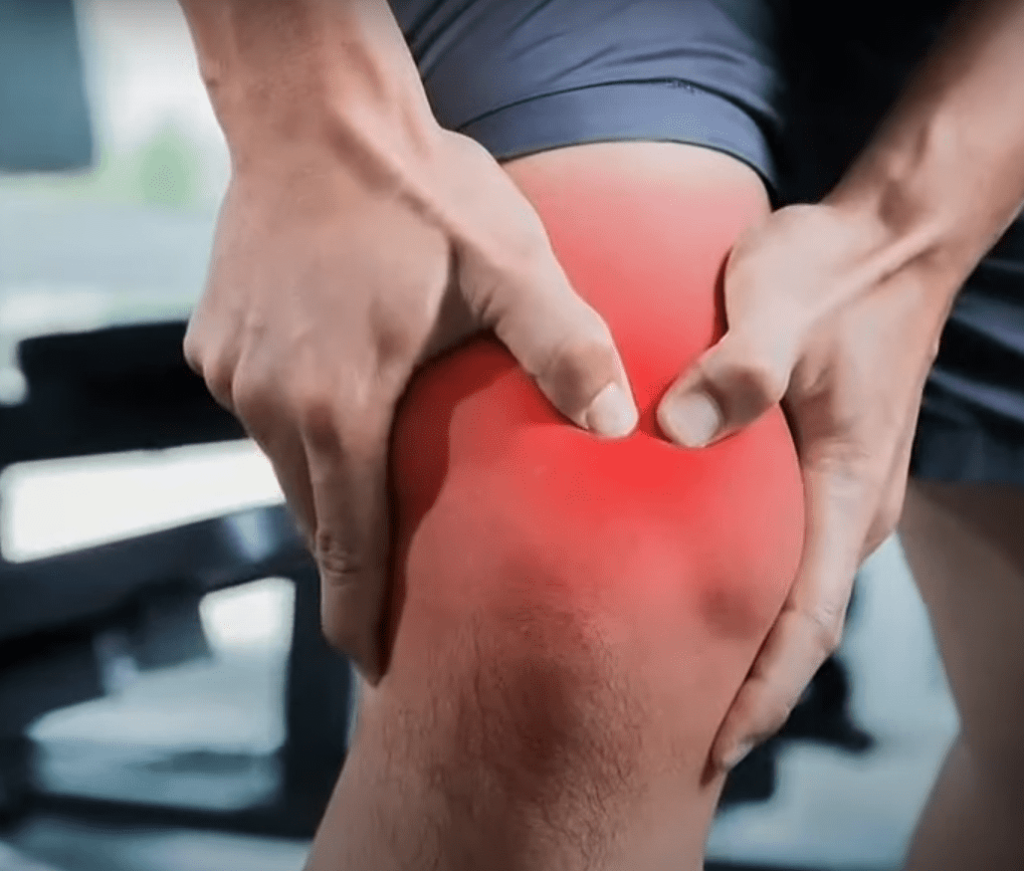We all have been there where we wanted to look skinny and we thought running was the best answer.
But we should not forget that in order to get lean, one must follow a regular, nutrient-rich diet and combine strength training along with cardio.
However, do you know that doing too much running can be counterproductive for your muscles and health?
There is no definitive answer to this question since it depends on numerous factors, such as someone’s fitness level, running goals, and overall training plan.
But, if someone is just starting to run for the purpose of building muscle, they should be aware that too much running can actually lead to muscle loss.
This is because when the body is under stress, it will begin to break down muscle tissue in order to use it for energy. Therefore, it is important to find a balance when starting a running program for muscle building.

This may mean running fewer miles or days per week than what is typically recommended for weight loss programs. Ultimately, listening to one’s body and adjusting the running program accordingly is important.
So it’s better for you to give your cardio some thought unless your end objective is to appear like Tom Hanks in Castaway. Yes, exercise helps with stamina and endurance, but doing too much cardio might be harmful to your health.
You’ve come to the correct place if you don’t know what constitutes “too much cardio” because I’ll be properly explaining it to you today.
Does Running Build Muscle?
Yes, Running does build your lower body muscles if done for a normal amount of time. The impact of it truly depends upon the duration and intensity of running.
In one study, 12 college students with recreational training engaged in high-intensity interval training (HIIT), which consisted of 4 rounds of running for 4 minutes at or near maximal effort and 3 minutes of active rest.
By the end of 10 weeks of HIIT activities 3 times per week, they demonstrated a close to an 11% increase in the muscle fiber of their quadriceps (Muscles located in front of the leg). This shows that exercises and workouts like sprints can benefit the muscle growth of individuals.

But on the other hand, running is considered to strengthen a muscle by blocking proteins that hinder muscle growth and reducing muscle protein degradation. Running for long distances may increase Muscle Protein breakdown which can hinder muscle growth.
Takeaway – Sprinting and other forms of high-intensity exercise will help to build muscle, whereas long-duration running may hinder it.
You may also like to read:
When Does Running Break Down Muscle?
Running can be a great way to build muscles but only when it is done in a stipulated time period and in a certain way. High-intensity and short-period running can be advantageous for muscle building.
HIIT can help you make muscles in the quadriceps and hamstrings (Upper and lower muscles of the thighs).
What should be the ideal amount of HIIT which can help you build muscle?
Here are a few illustrations of HITT running exercises for muscular growth:
- 6 sets of 20-second sprints at maximal effort, with 2 minutes of light running or walking between each session.
- 5 sets of maximum-intensity sprints lasting 30 seconds, followed by 4 minutes of moderate running or walking
- 4 sets of 45-second sprints at a moderate pace, followed by 5 minutes of mild running or strolling.
- 4 rounds of 30-second hill sprints, separated by the duration it takes you to climb down back the hill between each set.
Perform these HIIT running exercises and let us know in the comments if the above-given ways for doing cardio have helped you or not.
But if you think that running for a longer period of time will help you build muscles, then you might be wrong.
If your end goal is to develop and maintain muscle while also shedding fat, then cardio might not be the best option. Adding some cardio and running into the mix will definitely help you in losing some extra calories.
According to a 2017 study in the Journal of Sports Science and Medicine, casual bodybuilders who undertook a moderate-intensity cycle session for 30 minutes the day following a biceps workout experienced a more pronounced improvement in muscle hypertrophy than those who did it right away.
The researchers came to the conclusion that this was likely caused by systemic substances that interfered with muscle hypertrophy, which can also result in muscle injury and damage.
It is still a good idea to split your aerobic and lifting exercises for the best outcomes, even though this study has some limitations.
However, running for a longer period of time does help in improving the endurance of one’s body, promotes heart health, improves self-esteem, better sleep quality and it also prevents cognitive decline. It helps in providing various psychological benefits for the human mind and body.
- Read more about how long-distance running impacts human health here
Takeaway – Long distance and low intensity running can be detrimental for muscle growth as it leads to muscle protein breakdown
How Much Running Is Too Much For Muscle Building?
Although there is no denying the advantages of cardio, as I’ve already demonstrated above, performing too much cardio will seriously harm your physical and mental health.
The following three indications will typically let you know if you’ve gone overboard.
1. Constantly Soreness
The idea that being sore is a good thing has been a misconception for years. In fact, this can be harmful to your body and create more problems than solutions in the future if you continue it long-term!

When you use heavier weights than usual or workout muscles that have been unused for a while, it is likely to experience DOMS (Delayed onset muscle soreness).
This happens due to the extra stress put on your body during exercising which can result in soreness after an activity has stopped.
Soreness is a common side effect of working out.
However, if you find yourself constantly getting muscle fatigue then it could mean that your body needs to slow down for a while and take care of itself more often than not!
Slight soreness during workouts isn’t always terrible—in fact, sometimes they’re just signs telling us we’ve gone too hard or worked outside our limits so don’t fuel these fires by thinking “SORE Means success!”
Also, read:
- What Is Underhand Front Raise? How Can You Do It?
- What Are The Benefits Of Walking Barefoot On A Treadmill?
2. Trouble in sleeping
Overdoing the cardio will typically have a very bad impact on your sleep.
This is because it increases your heart rate and core temperature while also producing endorphins; while it’s pleasant to be in this condition, too much endorphin production will prevent you from falling asleep.
In conclusion, I advise either avoiding working out in the evening or at night or just doing shorter, low-impact cardio workouts, if you want to get a good night’s sleep.
3. Continuous energy drained
Being active and putting a lot of stress on various parts of your body will inevitably leave you feeling exhausted afterward. Still, once you’re done, you should bounce back rather quickly.

If that doesn’t end up happening after your workouts, overdoing the cardio could be one of the reasons.
We are simply human, and our energy is limited, especially when we are under constant stress, but this simple truth seems to escape the minds of many.
In other words, you should make modifications as quickly as possible if exercise starts to have a distinctly negative impact on your body.
Running should be done before weight lifting or after?
Many research advises against doing cardiac exercises for longer than 20 to 30 minutes, three times per week.
Although I personally wouldn’t advise you to even attempt to achieve this level. Ultimately how much cardio you do will rely greatly on how your body reacts to it.
Performing a 20-minute cardio activity before lifting weights resulted in a substantial decline in performance, according to a 2016 study published in the Journal of Strength and Conditioning Research.
As a result, you shouldn’t perform cardio before weightlifting because it will make you more exhausted and prevent you from making much development.
FAQs
How much should you run when building muscles?
There’s no magic answer to the question of how much you should run when building muscles. The amount of running you’ll need to do will depend on a number of factors, including your fitness level, your goals, and the type of muscle-building program you’re following. According to me, 6 sets of 20 seconds sprints at maximum intensity can help you build muscle. You can do 2 minutes of light walking or jogging in between sets.
Can you build muscle if you run a lot?
NO. Running does not help you build muscle. It helps you with Endurance, promotes a healthy heart, and helps with psychological endurance and health. Sprint running can lead you to muscle making but only if done in a certain way.
Running causes catabolism. Your body will break down your muscle more quickly because it is incredibly effective. You need slim, efficient muscles to run, not large, muscular ones. The exact opposite of what you’re aiming for. The same holds true for all forms of “aerobics” and “cardio” while attempting to add muscle.
How much can I run without losing muscle?
Ideally, you should do sprint running. But you can also do long distance running 3 times a week. Three or more days of low-intensity cardio per week indicates that you are probably not performing any strength exercises that protect your existing muscle and encourage the development of new muscles.
You can exercise your aerobic energy system while still gaining muscle, but only if you exercise at the proper intensities.
Conclusion
Now that you know how much running is too much for muscle building, it’s time to put this information into use!
Be sure to read our other posts about fitness and workouts so you can support your muscle-building goals.
And as always, if you have any questions or need help getting started, don’t hesitate to reach out to us. We love helping people achieve their fitness goals!
Have you tried HIIT for lower body muscle growth? What were your results?

